General Landscape Uses: Accent shrub or small tree. Also useful in buffer plantings.
Ecological Restoration Notes: A geographically resticted mid-story tree in tropical hammocks.
Description: Small tree or large shrub with dense foliage and a rounded crown. Bark smooth, light brown. Leaves thick, dark green above, with a prominent midrib, about 2-3 inches long.
Dimensions: Typically 15-20 feet in height. Usually taller than broad.
Growth Rate: Moderate.
Range: Monroe and Miami-Dade counties; Bahamas and Greater Antilles. On the mainland, native to the Whitewater Bay area of Everglades National Park in the Monroe County mainland and the Miami Rock Ridge from Long Pine Key in Everglades National Park northeast to the Silver Palm area southwest of Cutler Ridge in Miami-Dade County. In the Monroe County Keys, native to North Key Largo.
Habitats: Rockland hammocks and coastal berms.
Soils: Moist, well-drained limestone or calcareous sandy soils, with humusy top layer.
Nutritional Requirements: Moderate; can grow in nutrient poor soils, but needs some organic content to thrive.
Salt Water Tolerance: Low; does not tolerate long-term flooding by salt or brackish water.
Salt Wind Tolerance: Moderate; grows near salt water, but is protected from direct salt spray by other vegetation.
Drought Tolerance: Moderate; generally requires moist soils, but tolerant of short periods of drought once established.
Light Requirements: Light shade to full sun.
Flower Color: Greenish-white.
Flower Characteristics: Semi-showy.
Flowering Season: Spring-summer.
Fruit: Purple-black berry.
Wildlife and Ecology: Provides food and cover for wildlife. Birds eat the fruits.
Horticultural Notes: Can be grown from de-pulped, scarified seed. Plant right away; seeds do not store well. Place in light shade or full sun. Germination is within a month. Plants tend to produce many stems, so early pruning is needed if a single leader is desired.
Comments: It is listed as endangered by the state of Florida.

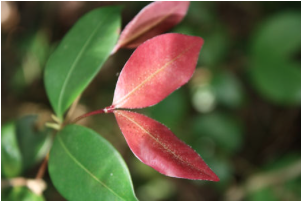
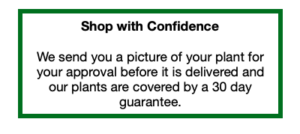
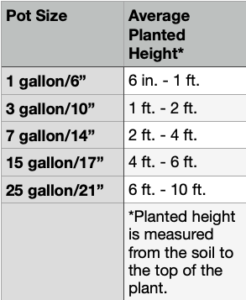
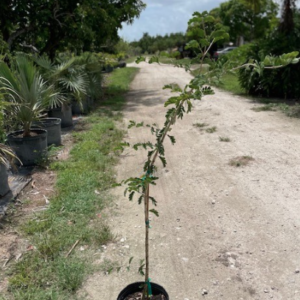
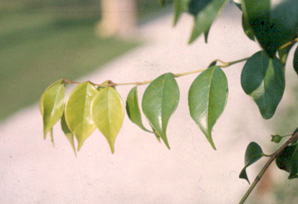
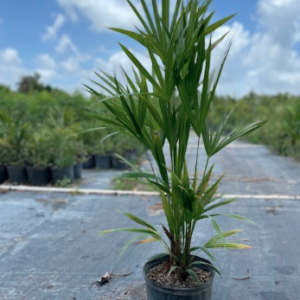
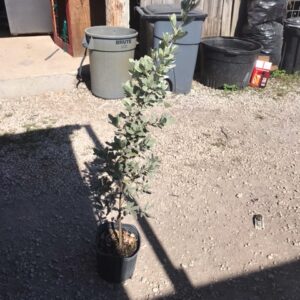
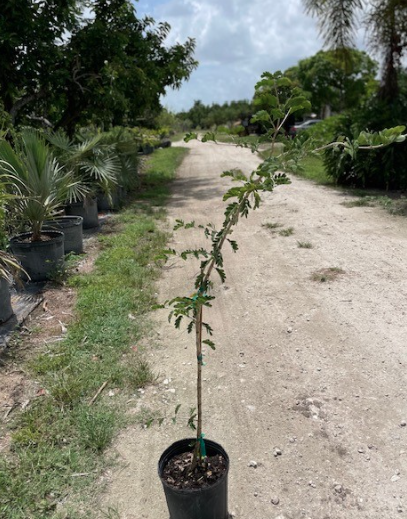
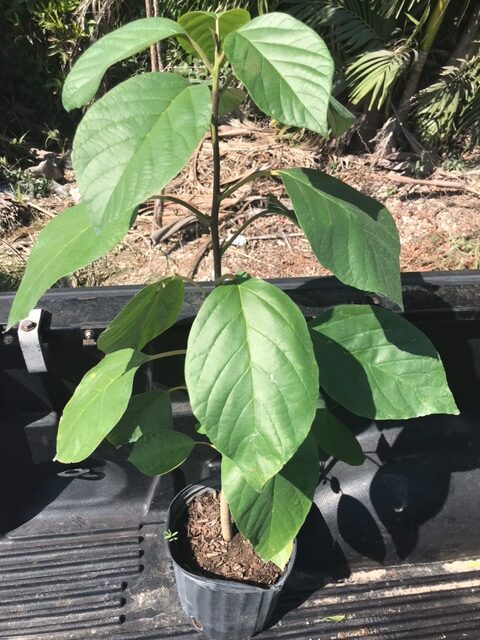
Reviews
There are no reviews yet.